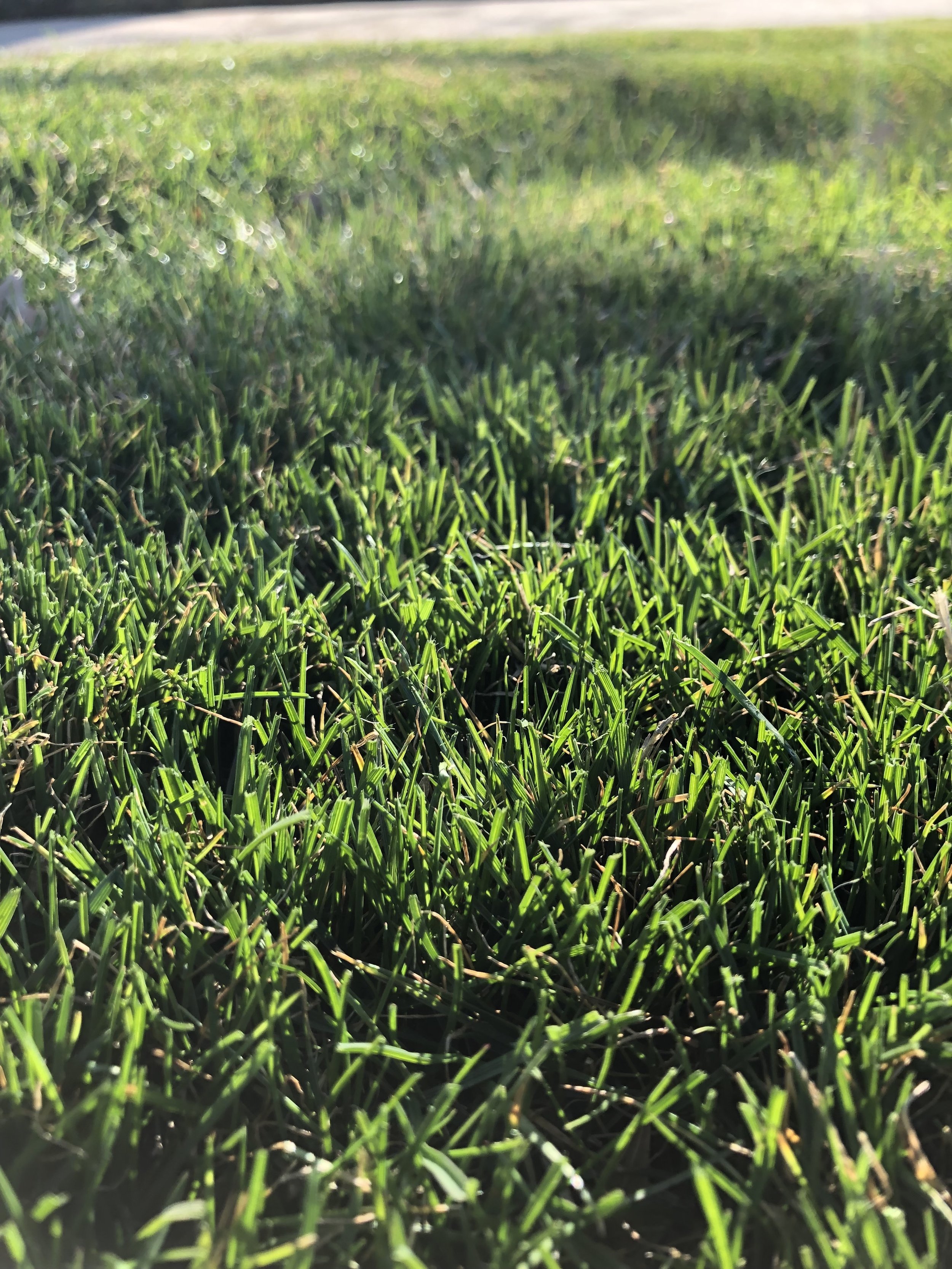February can go either way.
Sometimes February feels like winter is never going to end. Yet, other times February feels like spring with bulbs, shrubs, and trees bursting with color.
After a cold January, temperatures were below normal 21 of 31 days, February is off to a spring-like start.
I don’t know about you, but I needed this week with abundant sunshine and above normal temperatures.
Cold or spring-like, either way, the first of February means we are getting closer to the browns of winter being replaced with the colors of spring!
If we receive a snow this February, take time to find to notice the stark red branches of the Red Twig Dogwood against pure white snow.
With springtime a month away, it is time to shake off your winter break from lawn and landscape activities and get focused on setting up your lawn and landscape for a successful year.
If you handled some of these tasks on one of the few nice days in January, you are ahead. But, if not, we are down to a few weeks to get your lawn and landscape ready for the next lawn and landscape season.
Weed Control – In early January, as weather allowed, we began applying the very important first step of our lawn care program to many of your lawns. For the best lawn this year, it is critical you have a pre-emergent herbicide applied to your turf to prevent spring and summer weeds before early March. Many summer weeds germinate when soil temperatures reach 55 degrees, which typically occurs sometime during the first two weeks of March in central Oklahoma. Soil temperatures are currently in the low 40’s but will reach the critical weed germination point within the next 30-40 days. Along with applying the first pre-emergent of the year, now is the perfect time to be more aggressive in controlling existing weeds in Bermuda lawns. If you have a fescue lawn, now is also a good time for pre and post-emergent weed control, but you must read the label and ensure it is safe for fescue before applying. Never assume that an herbicide is okay on any turf type.
Key Point: For the best lawn this year your lawn needs a pre-emergent application before soil temperatures reach 55 degrees in early March.
Because crabgrass is fast growing and spreads quickly, it can have a dominant presence in your lawn by May without a spring pre-emergent.
Dormant Oil – Many insects, such as scale, aphids, mites and leaf hoppers, overwinter on trees and shrubs. Spray with a dormant oil when the temperature is above 40 degrees before the end of the month (before bud break), and you will have less insect issues on your trees and shrubs during the season. Dormant oil can also reduce some fungal pathogens. Caution – do not use dormant oils on needle evergreens (juniper, cedar, cypress, etc.).
Key Point: Dormant oils will reduce, and possibly eliminate, some insects.
Over the past few seasons Crape Myrtles have been problems with white scale. The first step in gaining control of the insect is a dormant oil treatment.
The best time to control and prevent weeds is before warm season lawns come out of dormancy.
An application of a dormant oil this month will smother overwintering insects such as aphids.
Assuming February brings us a gradual warm up we are only 30 days away from daffodil blossoms.
Watering – With over 2 ¼” of rainfall in the last 30 days soil moisture is really good for this time of year. Most landscapes do not need any additional moisture at this time. Continue to monitor rainfall and be prepared to water if needed. If we go 7-10 days without moisture, pick a nice day and give your lawn and landscape a deep soaking.
Key Point: Winter plant damage is more likely to occur when plant roots are dry during an extended cold period.
It is a good practice to wrap the trunks of young Maple trees to prevent trunk damage in February and March. Commonly known as southwest injury, it is caused by sap rising on warm days followed by freezing temperatures at night resulting in damage to the bark.
Fescue lawns will return to a rich dark green sometime between the last week of February and the last week of March when soil temperatures and moisture are just right.
Fescue – With a run of over 100 consecutive hours below freezing and a low below zero in January, fescue lawns lost the color they carried through the holidays and are now a freeze-burn, brown color. If there only been just a couple of inches of snow to go with the cold temperatures, fescue would have lost some color but would have maintained an overall green hue.
One of the most frequent calls we received this week started with “My fescue isn’t looking very good.”
We could be only three weeks away from seeing spring color!
What can you expect from your fescue in February? It all depends upon temperatures and moisture. Every year there is a turning point when temperatures rise, there is abundant moisture and almost overnight, fescue lawns regain their rich green color. A full recovery can happen as early as mid-February or as late as mid-March.
Key Point: Hold your judgment on the condition of your fescue lawn for another 4-6 weeks.
Soil Test – If your lawn did not respond as expected to fertilizer last year, you may have a soil problem. It is a good idea to have your soil tested every three to four years to ensure the soil will continue to yield a healthy landscape. A soil analysis will provide you with the pH and levels of nitrogen, phosphorus, and potassium. A pH range of 6.0 to 7.5 is acceptable for most plants.
Using a spade take 10-12 samples of soil from the top 6”. It is best to test turf soil and landscape planting soil separately. Mix in a bucket and remove roots and debris. Place about 2 cups of soil in a plastic zip lock bag. Take the sample to your locale Oklahoma County Extension Center.
The Oklahoma County’s center is located 2500 NE 63rd St, Oklahoma City, OK 73111. For a nominal fee they will have the soil tested and send you the results along with recommendations in approximately two weeks.
Or, if you would like us to handle this for you, respond to this email or call (405)367-3873. We will gather a sample, deliver it to the lab, call you to discuss the findings, and prescribe a soil amendment plan if needed.
Key Point: For the best lawn and landscape, have your soil tested every two to three years.
One of the first announcements of spring comes from the bright golden yellow of the forsythia. When will it declare spring this year? Before the end of February? Or March?
Last year, forsythia started blooming on February 25.
Tree Pruning – Continue to work on tree pruning with the goal of completing maintenance and restorative pruning before trees’ leaf in March.
For more information on tree pruning, follow this link to our December 2023 Tree Pruning article: https://www.hallstewart.com/hsblog/2020/12/6/this-winter-more-than-ever-your-trees-need-some-attention?rq=tree
If you planted daffodil bulbs in November or December, this is less than 30 days away!
Lawn Maintenance – Continue to keep leaves and debris removed from the landscape. Later this month or early in March, cut the lawn for the first time. It is not necessary to scalp the lawn all the way to the soil. We recommend cutting the lawn at or just below the height you desire to maintain it at during the spring and early summer.
Lawn Equipment – If you mow your own lawn, February is a perfect time to get your mower ready for the new season. I am a firm believer in having your lawn mower professionally serviced every winter. Not only will you have less mower headaches during the season, you also can expect a longer mower life. Most shops offer a winter tune-up special where they put in a new spark plug, change the oil and filter, replace the air filter if needed, put in fresh fuel with stabilizer, and sharpen the blade.
Odds are there will be a little more winter yet to come, so enjoy the spring-like days February is delivering right now.
We can’t wait to get to spring with “trees of green, red roses too.”
Continue to take advantage of every pretty day you can to get your lawn and landscape ready for a wonderful 2024!
If you need help with any of these tasks or have questions, please give us a call.
Lorne Hall
Hall | Stewart Lawn + Landscape
(405)367-3873













